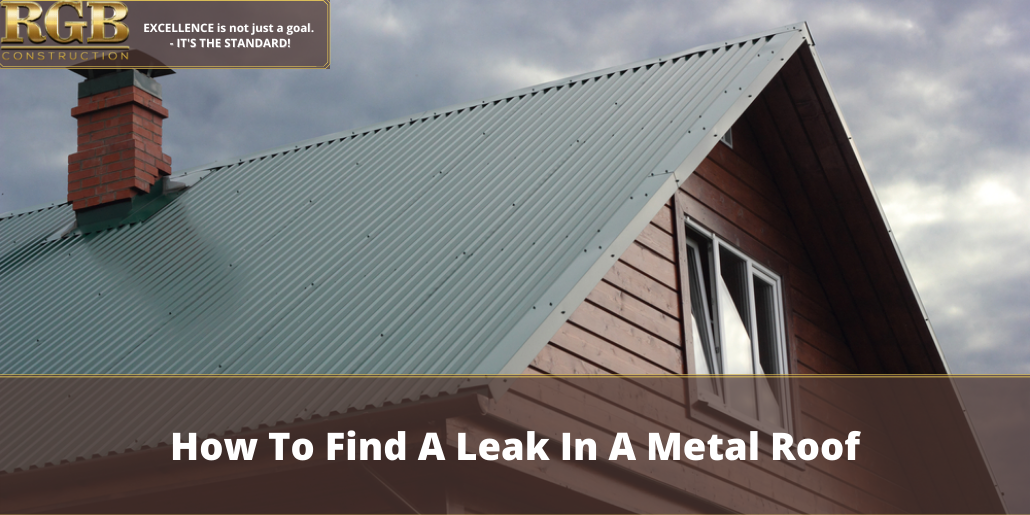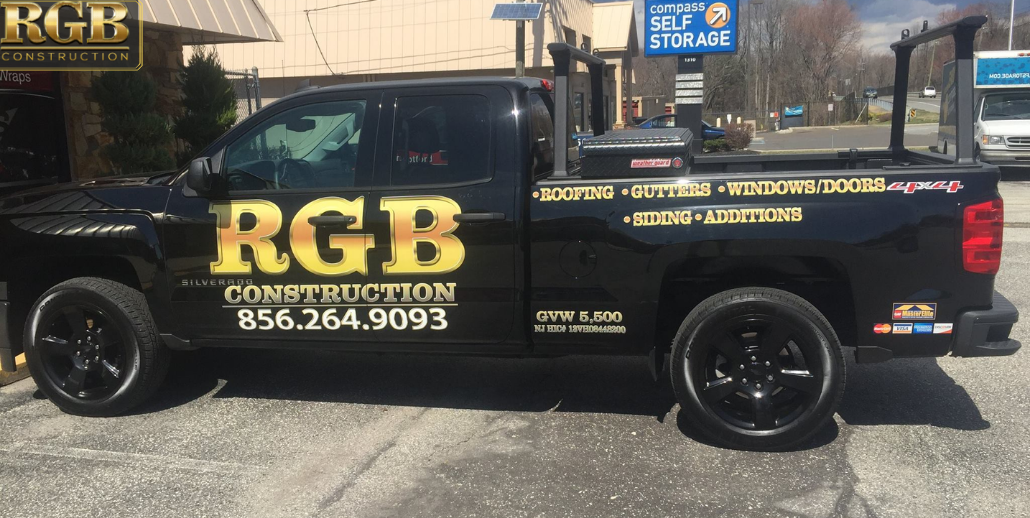Maybe you have a metal roof either on a home or business and you’ve discovered some leaks, but you’re not sure where the leaks came from. So, how do you go about finding a leak in a metal roof? Here are some indicators of where and how to look for leaks in a metal roof.
Metal Roof Inspection
A metal roof inspection requires tools before you start the project. You’ll need the following to properly assess for leaks:
- Regular or extension ladder (depending on the height of the roof)
- Pry bar and hammer
- Screws (aluminum) measure for the right size
- Cordless drill with a screw-tip attachment
- Steel screws (galvanized) – measure for right size first
- Wire brush
- Roof cement
- Putty knife
- Basecoat for metal roofing
- Paintbrush
- Roof patch (glass membrane)
- Fabric scissors
Safety Precautions
You should do any inspection whether for a metal or regular roof without snow or ice on the roof. Use the following steps to ensure your safety.
- Tie your ladder to the gutter or roofline. Losing your balance or footing can be dangerous. You want a stable ladder that can help you stop any falls.
- With slick surfaces and windy weather, a ladder can blow down, so try not to search for leaks on your own.
- When you’re walking on the roof, if you use the valley area to walk on, carefully watch for any hip or ride caps. You don’t want to bend any areas of trim.
- Always use fall protection with metal roofs that are over 4-1/2 pitch.
Metal Roof Leak Classifications
A metal roof can have leaks in a number of places. There are parts of a roof in certain areas that are prone to leakage. Those areas include:
- Leaks in the roof’s body
- Transition points on the roof
- Termination detail points of the roof
- Penetrations of the roof
You can find roof body leaks by simply visually looking at metal roofing panels. It’s a good starting point for finding them. If you’re doing preventative maintenance, you’ll want to start your search by inspecting the entire roof. Though roof leaks occur in other areas of a roof, a good many of them happen on the main body or metal roofing pane and the way to discover any leaks is to go thoroughly over the main body of the roof.
With roof body leaks, you want to find the leaks that are the easiest to discover. You can save a lot of time by just doing a general search on the roof, which gives a roof inspector more of an idea of where to look for leaks. Metal roofs can be dangerous to get on when they are steep or hard to walk. In that case, you can use binoculars to look at the roof from the ground.
Watch for the following when looking for leaks:
- Screws that are missing, loose or misaligned
- Rust holes
- Perforation holes
- Metal roof panels that have dropped down due to expansion/contraction
Transition points in the roof – A transition is an area on a roof where the roof links to another part of the roof. These transition areas vary with the type of metal roof and there can be different details in keeping them dry. Wherever there are areas of detail, particularly in the valleys, you’ll want to pay attention to them for leaks.
Common transitions include changes in roof pitch, valleys, and transitions from different roof planes of both similar and different materials. You’ll want to check for gaps or missing sealant and butyl tape. Also, check for loose trim or gaps, along with missing and loose screws. You’ll want to check the seams and their structural integrity as well.
Termination Details – With a termination detail, you’re referring to where the roofing stops or ends. You can consider it the perimeter that surrounds the roof, which includes the trim and any flashing that conceals the end of the metal panels. Some of the more common terminations on a roof are the ridge cap, hip cap, rake trim, coping cap, and counter flashing on walls.
Look for any loose or missing pieces of the ridge cap, hip cap, or coping cap. Make sure there is no water running or going underneath the caps. You want to examine any counter flashing where the metal roof ends into a low wall built above the roof (parapet) or stops at a wall where there is a pipe outlet. Also, always check for the condition of the sealant behind the counter flashing.
Roof Penetrations Leaks – Penetrations are the areas where vents, pipes, skylights, and other protrusions come through a metal roof. When you don’t protect these areas with sealers, caulking tape or other sealants, water will seep through and cause damage. The proper installation of flashing in the areas will help to prevent leaks. Flashing is a given for protecting an area from leaks, and any flashing that you install should require inspection through a maintenance plan.
When looking for leaks on a metal roof, check out the penetrations that include plumbing vents, skylights, chimneys, and HVAC curbs (curb to mount rooftop equipment). You’ll also want to check for any sealant around flashing that is degrading, missing, or worn along with any cracked seals on flashing and gaps in metal trims on roof corners. Check any sealant, caulking, solvent-based adhesive tape and pitch pan filler (retrofit roof flashing) that is not as lasting and is unsheltered from the elements. You should reapply it to prevent leaks.
In Conclusion
Finding leaks in metal roofs involves focusing on it and identifying areas of weakness in those areas where upkeep is necessary. If you need help in identifying leaks in your own metal roof, RGB Construction is available to either help you identify areas of leakage or help you maintain your metal roof. Contact them for all your roofing needs at 856-264-9093. They’ll help you determine a distinct repair plan that will help you stop leaks on your metal roof. RGB’s construction experience in roofing and other areas is unprecedented.









